In addition to defining authority and tasks, the handbook also guides people through land procedures when implementing two-level local government.
The Ministry of Agriculture and Environment has just launched a Handbook on State management in the field of land when implementing two-level local government.
The handbook consists of two parts. Part one systematizes the authority and tasks of the People's Council, People's Committee, People's Committee Chairman and specialized land agencies at the provincial and communal levels. This part will help the government fully visualize the work that needs to be done when implementing the two-level local government model.
Part two presents in detail the administrative procedures and processes in the land sector, including: Land use planning and plans; land recovery, compensation, resettlement support; land allocation, land lease, permission to change land use purposes; land registration, property attached to land, granting certificates of land use rights, property ownership rights attached to land; land dispute resolution...

The handbook guides the 16-step process of land acquisition, compensation, support and resettlement. The process includes developing a land acquisition plan, organizing meetings with residents, issuing notices, inventorying assets, preparing and approving compensation plans, and implementing compensation and handing over land.
Regarding the procedures for issuing the Certificate of land use rights and ownership of assets attached to land for the first time at the commune level, the Handbook also provides specific instructions including 3 steps, clearly assigning responsibilities between state agencies and people. This process includes submitting the application at the Public Administration Service Center, the agency handling the procedure checking and transferring the application to the People's Committee at the commune level for verification, and finally the People's Committee at the commune level issuing the Certificate after completing financial obligations.
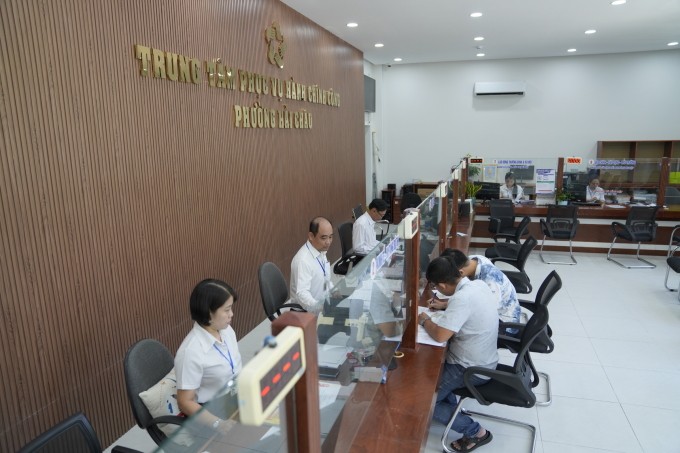
The time for handling procedures for initial land registration shall not exceed 17 working days; for land registration with issuance of Certificate shall not exceed 20 days. For mountainous areas, islands, remote areas or areas with particularly difficult socio -economic conditions, the time shall be extended to a maximum of 30 working days.
The Handbook has specified the authority and tasks of provincial and commune authorities in land management, ensuring unity, transparency and efficiency in implementation. Specifically, the authority and tasks of the People's Council, People's Committee, Chairman of the People's Committee at the provincial level, and the Department of Agriculture and Environment are 6, 50, 37 and 15, respectively. At the commune level, the authority and tasks of the People's Council, People's Committee, Chairman of the People's Committee, and land management agencies are 4, 45, 44 and 19, respectively.
The drafting agency hopes that this is a useful handbook to help localities understand regulations, authority, and procedures, thereby effectively implementing tasks according to decentralization, delegation of authority, and new authority assignment. At the same time, the handbook also helps people better understand administrative procedures, facilitating the implementation of rights and obligations related to land.
Source: https://baolaocai.vn/ra-mat-so-tay-huong-dan-thu-tuc-dat-dai-cho-chinh-quyen-hai-cap-post648651.html


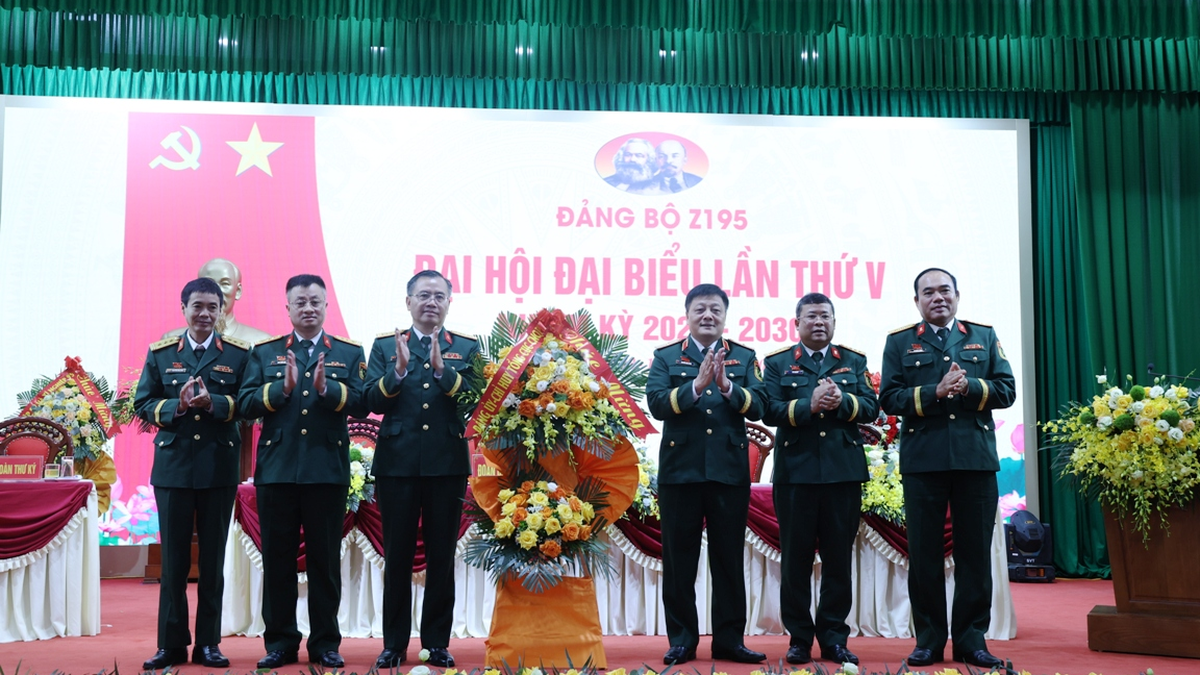
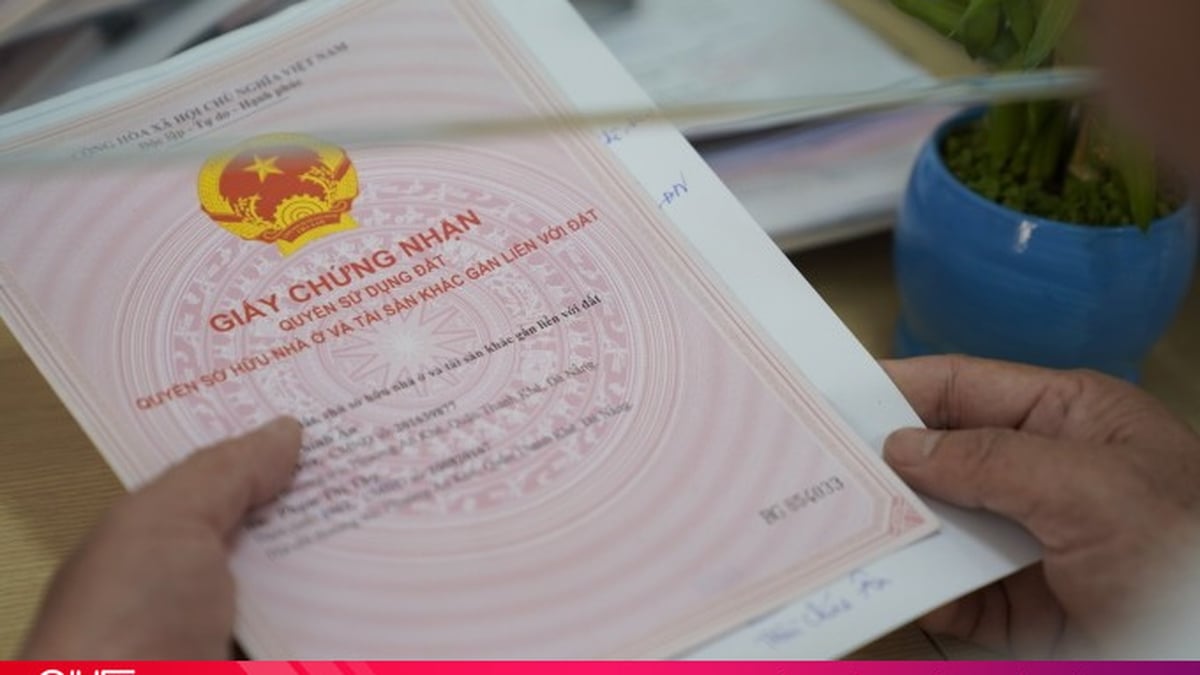


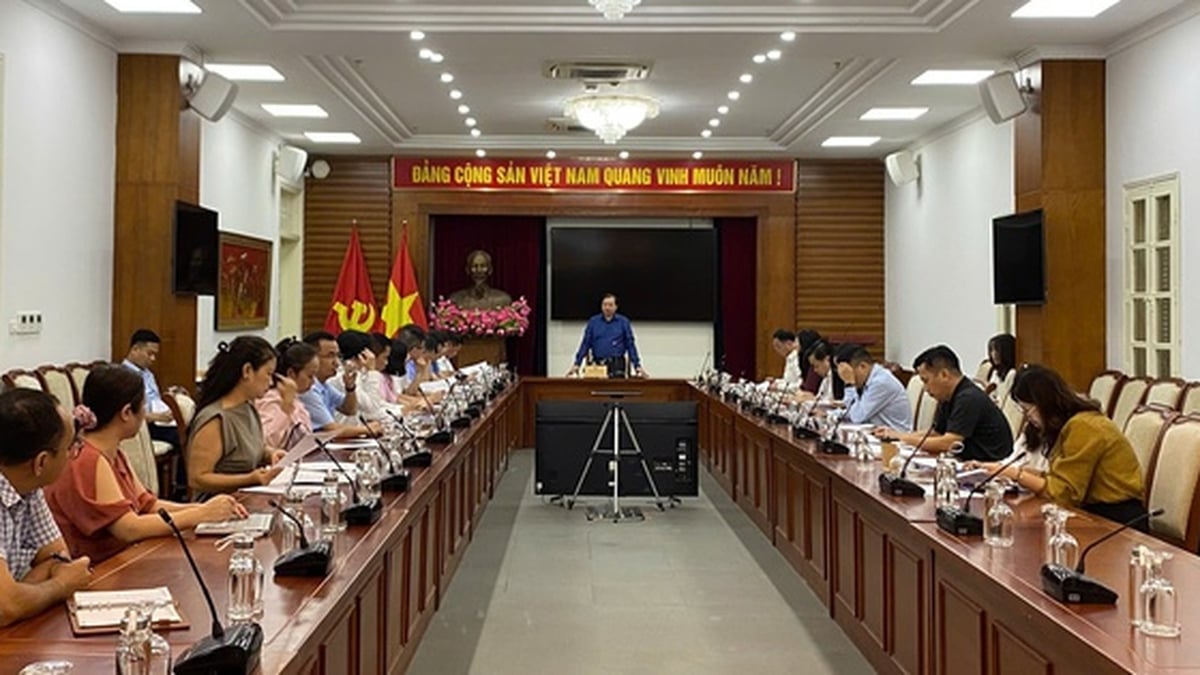




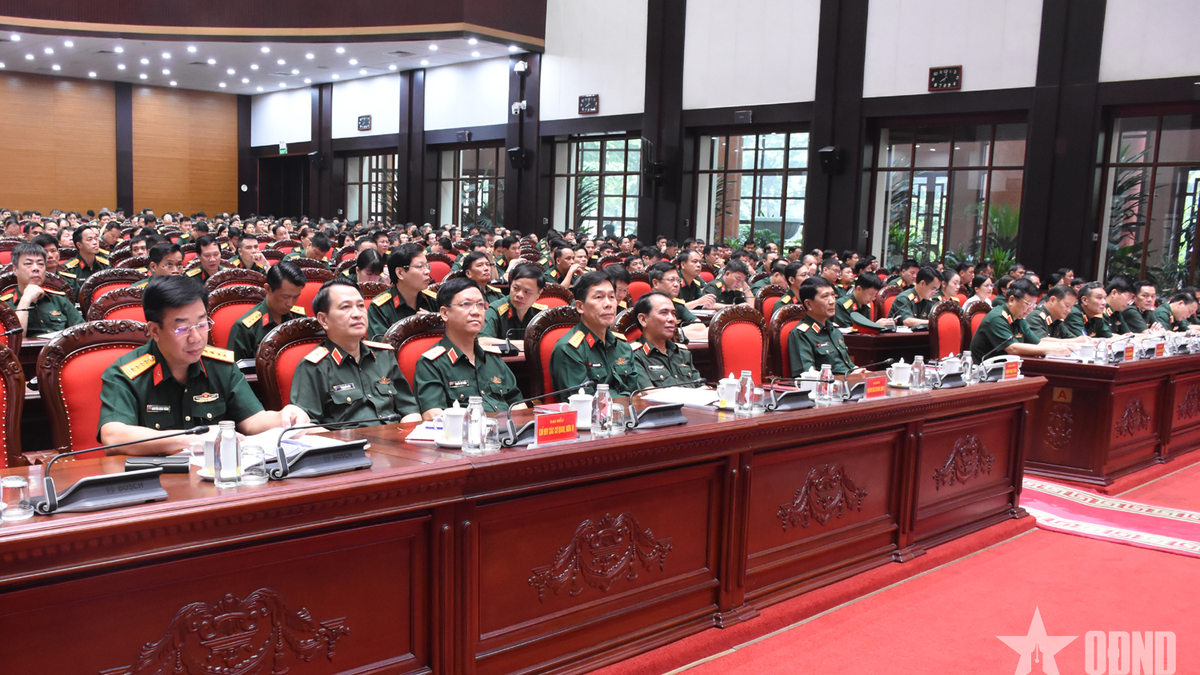














































![[Maritime News] Treasury Department Targets Diverse Networks Facilitating Iran's Oil Trade](https://vphoto.vietnam.vn/thumb/402x226/vietnam/resource/IMAGE/2025/7/14/43150a0498234eeb8b127905d27f00b6)





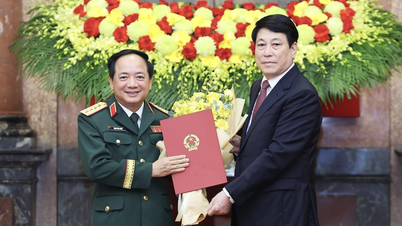









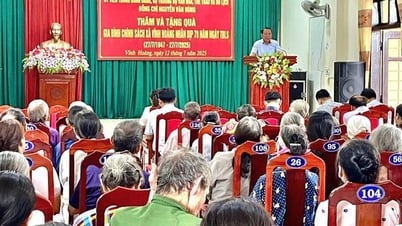

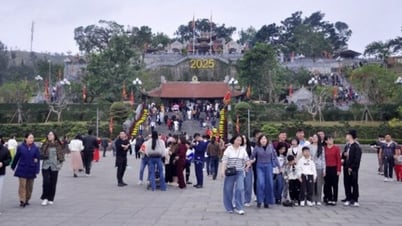
























Comment (0)